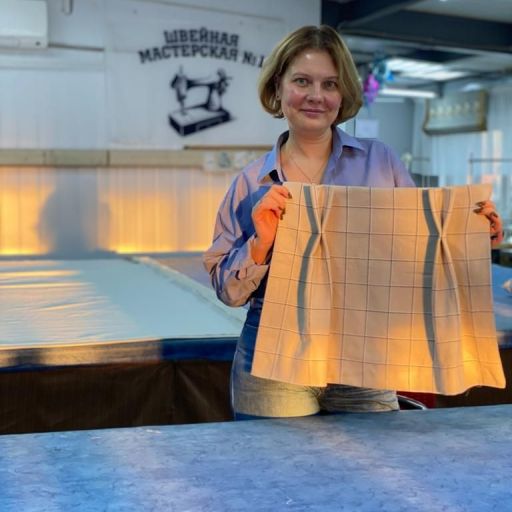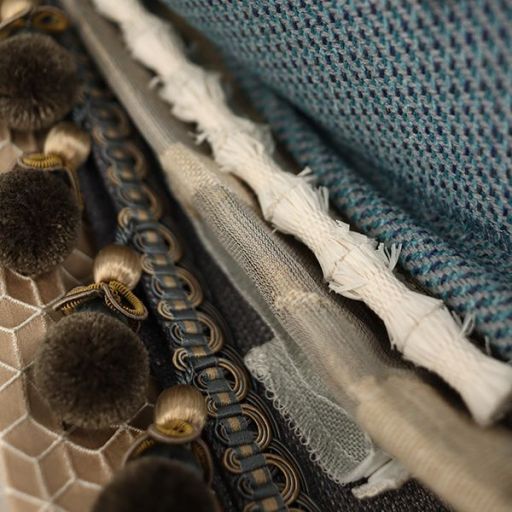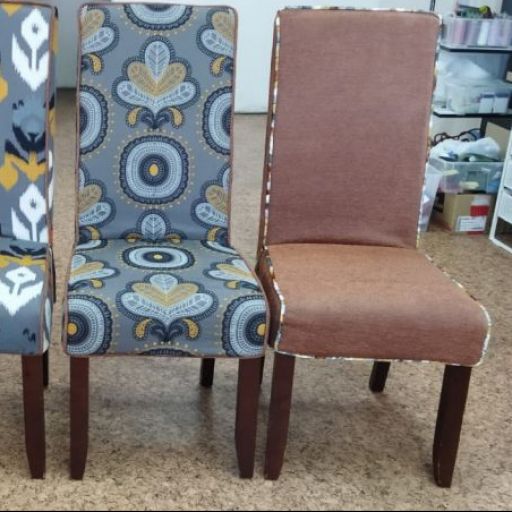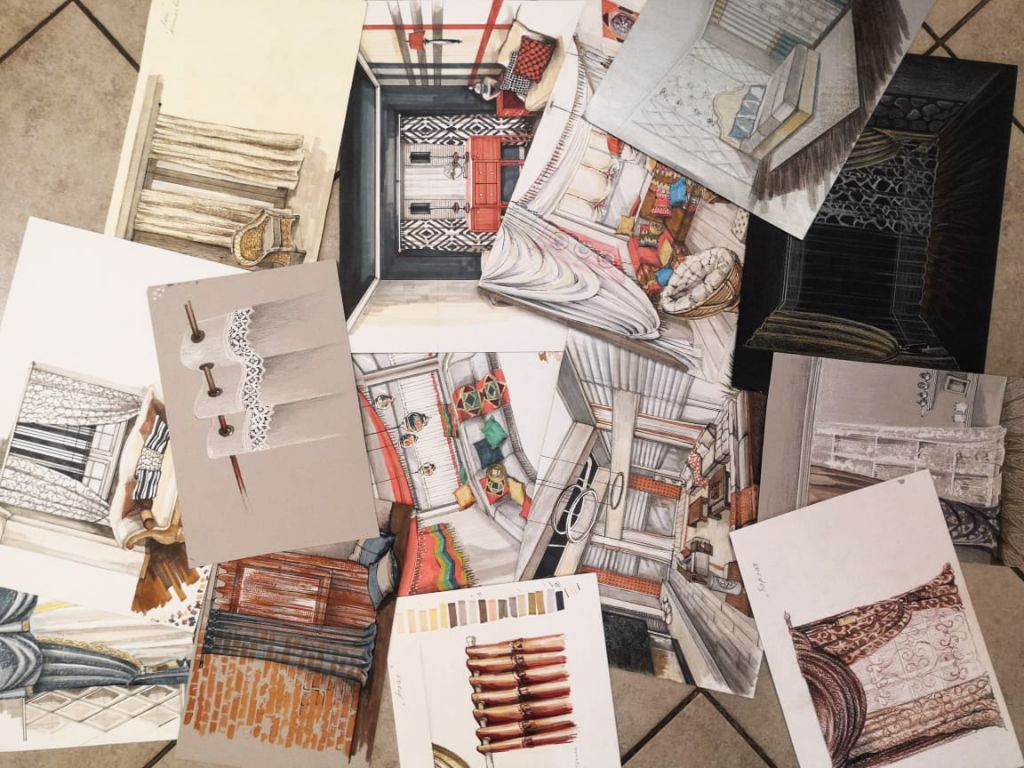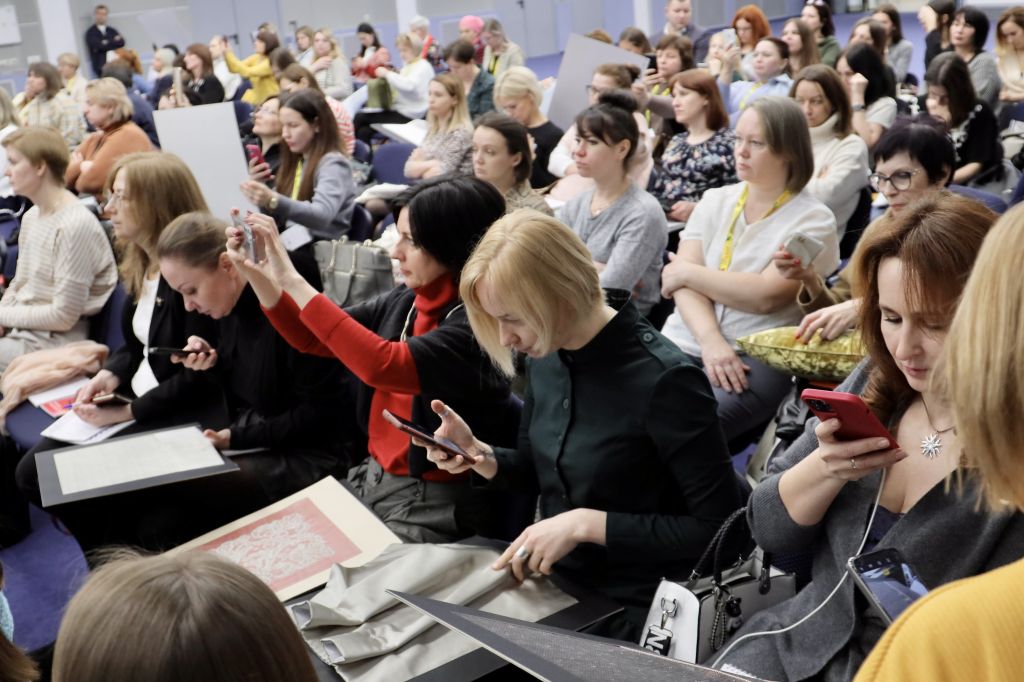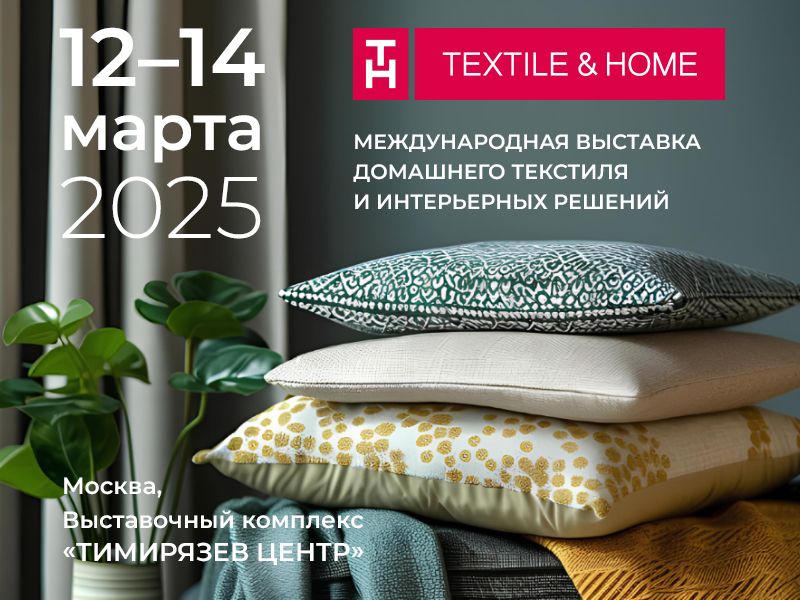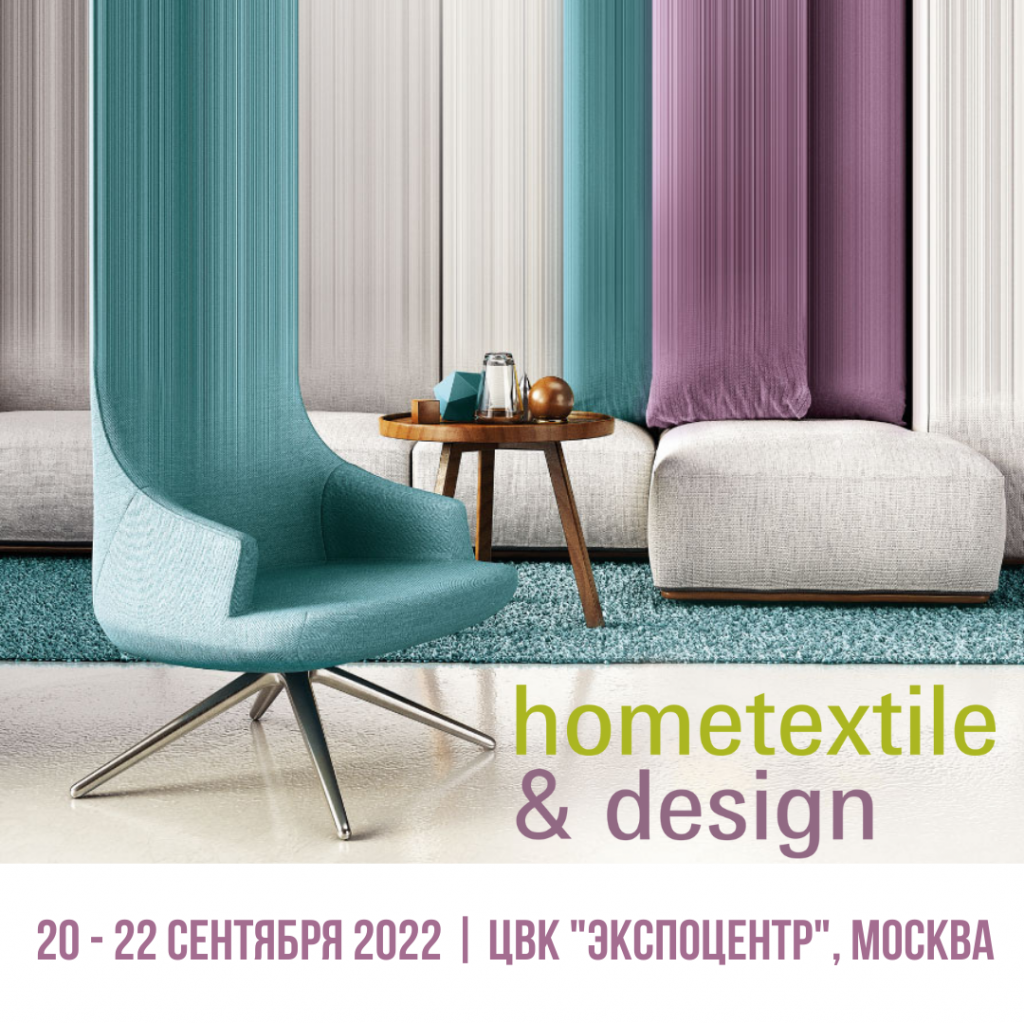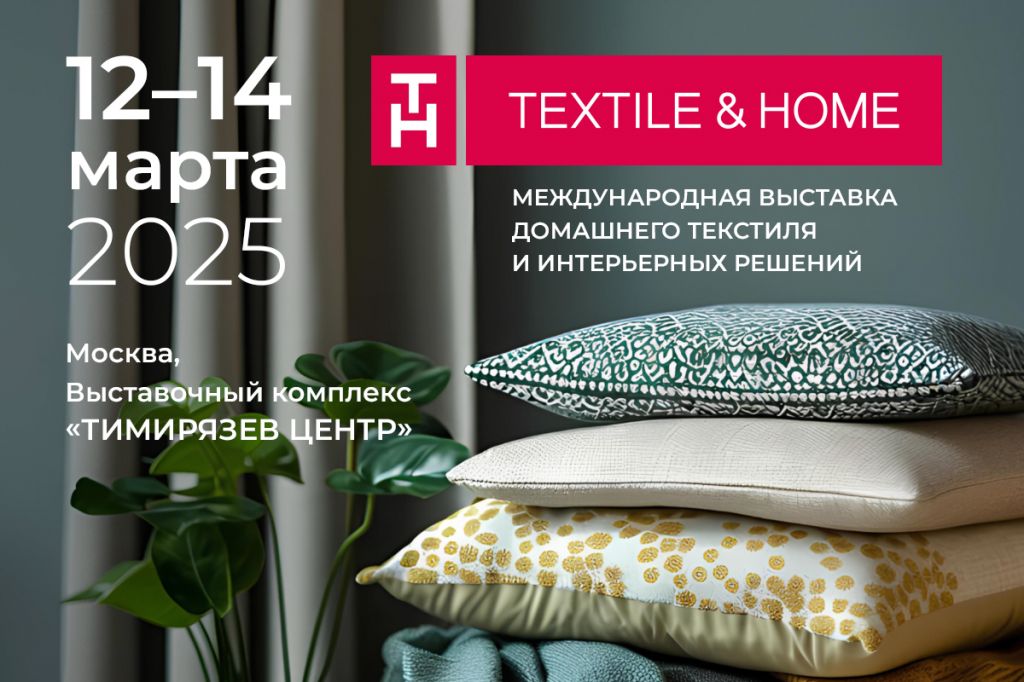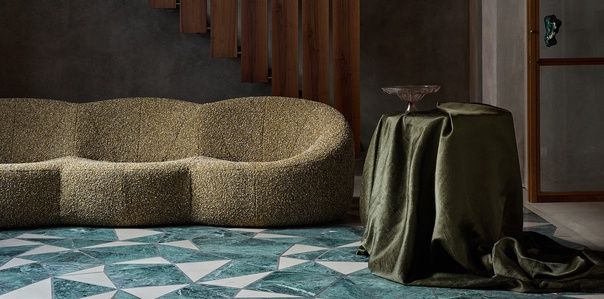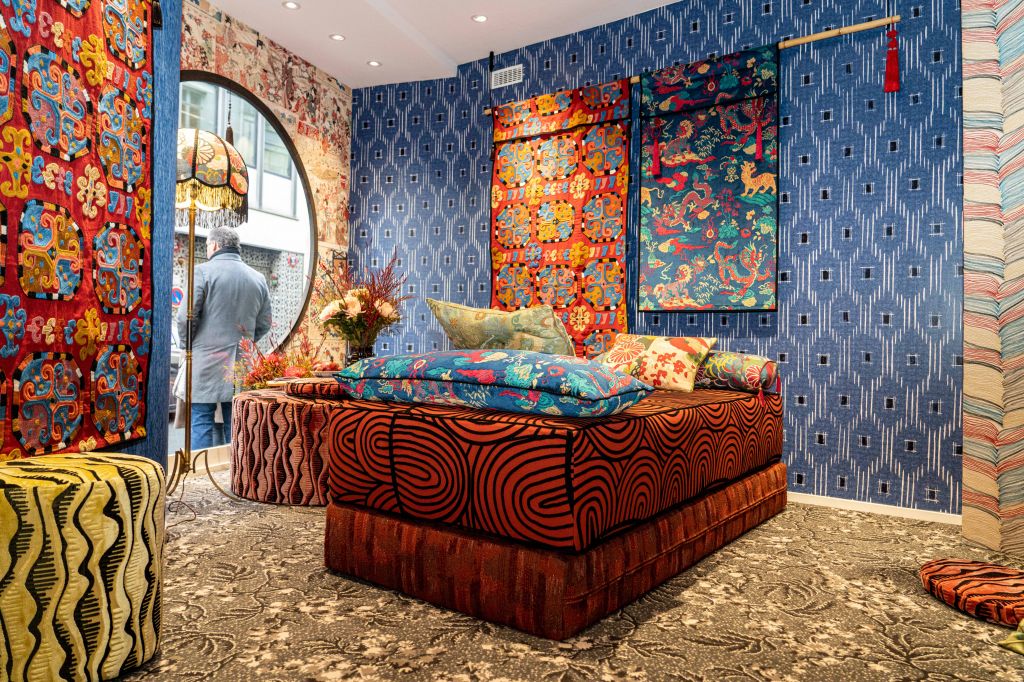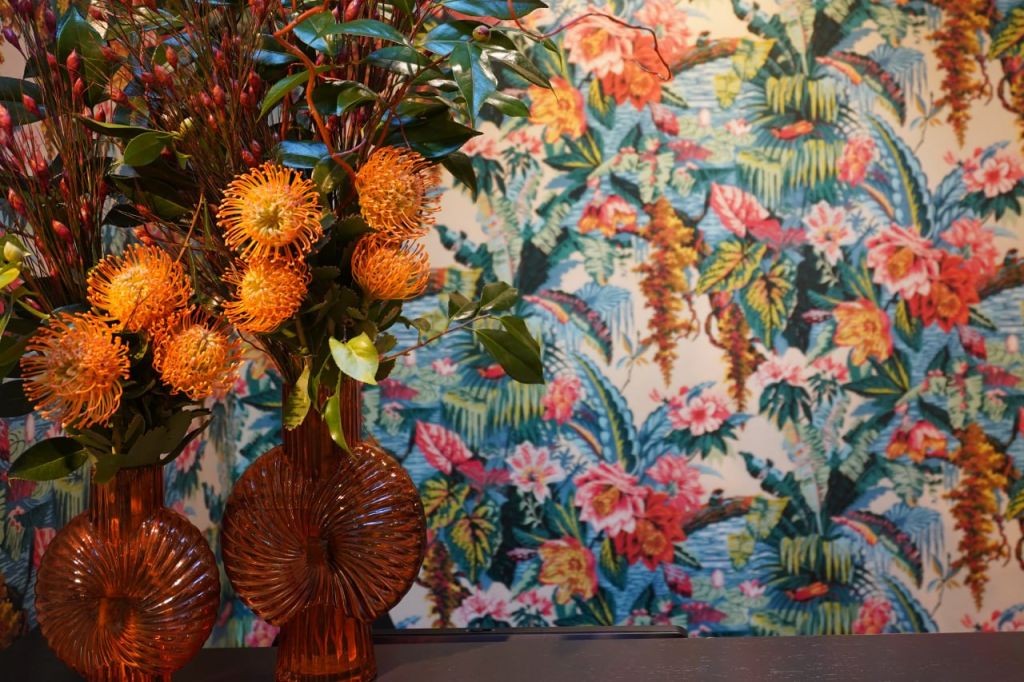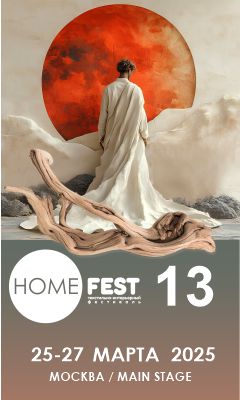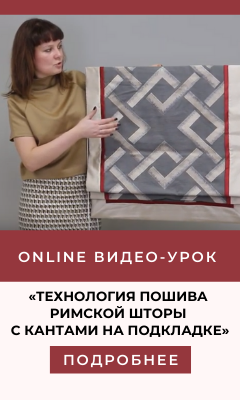Royal Velvets: An interview with the owner of Raymakers factory
At the Proposte Expo, we have interviewed Richard Oussoren, the owner and general manager of the Raymakers factory — one of the oldest and currently only Dutch manufacturer of velours.
12.05.2016, Платные уроки
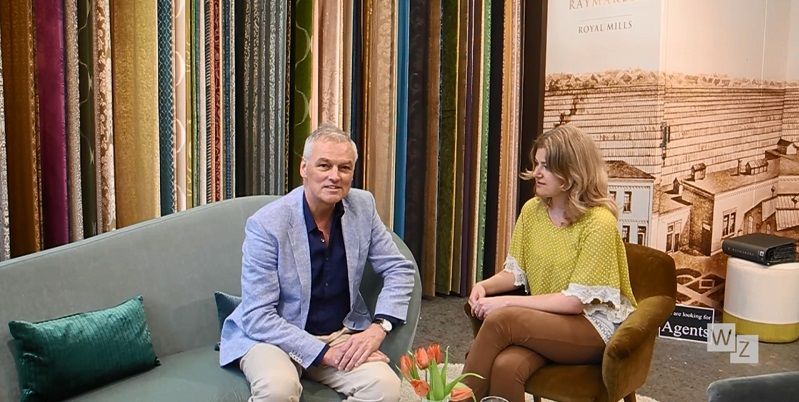
– Hello Richard. Can you please tell us a little about the history of your company?
– Raymakers Royal Dutch Textile Mills was founded over 200 years ago by the Raymakers family. It is currently one of the oldest factories in Holland. I acquired the company in 2004 and today continue with its rich traditions, while concentrating on the improvement and promotion of the factory’s current product line, being mainly velvets for interior decorating.
– Raymakers Royal Dutch Textile Mills was founded over 200 years ago by the Raymakers family. It is currently one of the oldest factories in Holland. I acquired the company in 2004 and today continue with its rich traditions, while concentrating on the improvement and promotion of the factory’s current product line, being mainly velvets for interior decorating.
– How has the factory’s specialization evolved over the two centuries of its existence?
– Traditionally, we have always specialized on velvets, but over the two centuries, the factory has also produced many other types of fabrics as well. Among them were flat-weaves, silks, blankets and others. Velvets for interiors, however, have in all times stayed the focal point of the factory’s activity and our craftsmen have pioneered many velvet innovations.
– The name of the company includes the title “Royal”. What does that imply exactly?
– The factory was awarded the Royal title in 1951. Only those companies that offer exceptional product quality, have a sound financial performance for over 100 years and are highly thought off on the internal market, merit this award. Our company maintains the leading position in the production of velvets.
– Traditionally, we have always specialized on velvets, but over the two centuries, the factory has also produced many other types of fabrics as well. Among them were flat-weaves, silks, blankets and others. Velvets for interiors, however, have in all times stayed the focal point of the factory’s activity and our craftsmen have pioneered many velvet innovations.
– The name of the company includes the title “Royal”. What does that imply exactly?
– The factory was awarded the Royal title in 1951. Only those companies that offer exceptional product quality, have a sound financial performance for over 100 years and are highly thought off on the internal market, merit this award. Our company maintains the leading position in the production of velvets.
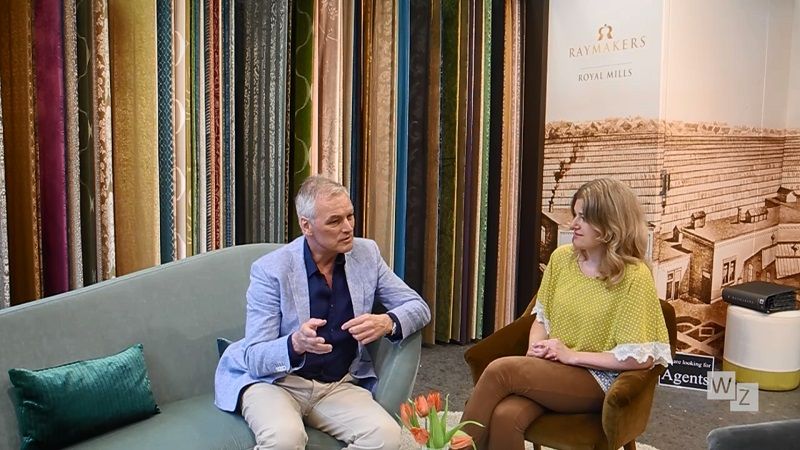
– What is the company’s niche on the world market?
– We are among the world leaders in the development and production of velvets for interior decoration. Our products are sold all across Europe, USA, Middle East, Asia and of course in Russia.
– Is it correct to say that you focus predominantly on the production of solid fabrics?
– Yes, solid velvets are the strength of our collection, which is comprised of more than 4000 colours of varied densities, yarn qualities and pile length. Solid fabrics amount to about 70% of our product line. The other 30 % are fabrics of varied design techniques, most notably prints and jacquards with pile-brushed patterns.
– We are among the world leaders in the development and production of velvets for interior decoration. Our products are sold all across Europe, USA, Middle East, Asia and of course in Russia.
– Is it correct to say that you focus predominantly on the production of solid fabrics?
– Yes, solid velvets are the strength of our collection, which is comprised of more than 4000 colours of varied densities, yarn qualities and pile length. Solid fabrics amount to about 70% of our product line. The other 30 % are fabrics of varied design techniques, most notably prints and jacquards with pile-brushed patterns.



Video
– If we talk about velvet designs, what are the current trends? Prints and geometry perhaps?
– First, we have to understand that velvet is the most luxurious of all fabric types—one, which is widely utilized in interiors where people want to feel exposed to luxury. This, among other areas, includes domestic houses, hotel business and entertainment industry. In a conventional mind, Luxury is synonymous with classics, so we feel that fabrics like velvets need to stay within the boundaries of the tradition. If we talk about curtains and drapery fabrics, damasks are the traditional choice. For upholstery, small-scale geometry is the gold standard.
– Does the factory produce fire-retardant fabrics?
– We were the first company in the world, to develop and produce of velvets on the base of Trevira CS. Apart from that, we can treat our natural velvets FR to match any standard on the world.
– Do you feel that global demand for fire-retardant products is on the rise currently?
– Yes, today it is quite important to be able to manufacture flame retardant fabrics for the contract market. Specifically, for the hotel business, casinos, theaters…
– How large of a role does the contract market play in the sale shares of your company? Is it a major direction for your business?
– The contract market accounts for little under 50% of our total sales. The other 50% are taken up by the principal domestic market.
– First, we have to understand that velvet is the most luxurious of all fabric types—one, which is widely utilized in interiors where people want to feel exposed to luxury. This, among other areas, includes domestic houses, hotel business and entertainment industry. In a conventional mind, Luxury is synonymous with classics, so we feel that fabrics like velvets need to stay within the boundaries of the tradition. If we talk about curtains and drapery fabrics, damasks are the traditional choice. For upholstery, small-scale geometry is the gold standard.
– Does the factory produce fire-retardant fabrics?
– We were the first company in the world, to develop and produce of velvets on the base of Trevira CS. Apart from that, we can treat our natural velvets FR to match any standard on the world.
– Do you feel that global demand for fire-retardant products is on the rise currently?
– Yes, today it is quite important to be able to manufacture flame retardant fabrics for the contract market. Specifically, for the hotel business, casinos, theaters…
– How large of a role does the contract market play in the sale shares of your company? Is it a major direction for your business?
– The contract market accounts for little under 50% of our total sales. The other 50% are taken up by the principal domestic market.
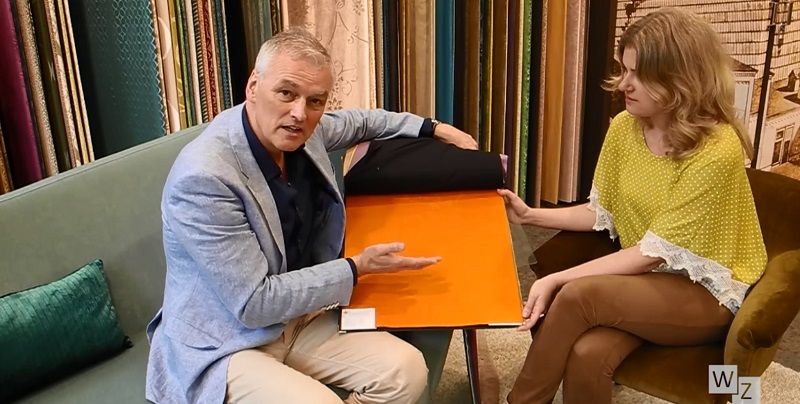
– A factory is before all, defined by technology. If we talk about the manufacturing process, what unique or innovative technologies do you use?
– If we talk about production, I would mention our fully-cycle production capabilities, which ranges from yarn processing to product finishing. We also specialize on the production of single yarn, unlike most other velvet manufacturers, who use the conventional twisted yarn. As a result, our fabrics show more lustre and deeper colours, giving our products a certain exclusivity and sumptuousness, if you will.
– Does this affect the product price?
– Insignificantly. It mostly affects the process itself, as greater care has to be taken during the yarn preparation to attain superior strength. This makes our products different from those of our competitors. We also maintain an innovative dyeing technique, which is responsible for our rich selection of colours. A pile-brushing technique is used for the formation of patterns. We have also developed a light back coating technique that makes our velvets dual purpose, meaning our customers can use them for both drapery and upholstery.
– What technologies do you use?
– We use thermo-contractible prints, for instance, which are extremely durable. Colour, elasticity and superior quality are the three notions that define our fabrics.
– If we talk about production, I would mention our fully-cycle production capabilities, which ranges from yarn processing to product finishing. We also specialize on the production of single yarn, unlike most other velvet manufacturers, who use the conventional twisted yarn. As a result, our fabrics show more lustre and deeper colours, giving our products a certain exclusivity and sumptuousness, if you will.
– Does this affect the product price?
– Insignificantly. It mostly affects the process itself, as greater care has to be taken during the yarn preparation to attain superior strength. This makes our products different from those of our competitors. We also maintain an innovative dyeing technique, which is responsible for our rich selection of colours. A pile-brushing technique is used for the formation of patterns. We have also developed a light back coating technique that makes our velvets dual purpose, meaning our customers can use them for both drapery and upholstery.
– What technologies do you use?
– We use thermo-contractible prints, for instance, which are extremely durable. Colour, elasticity and superior quality are the three notions that define our fabrics.
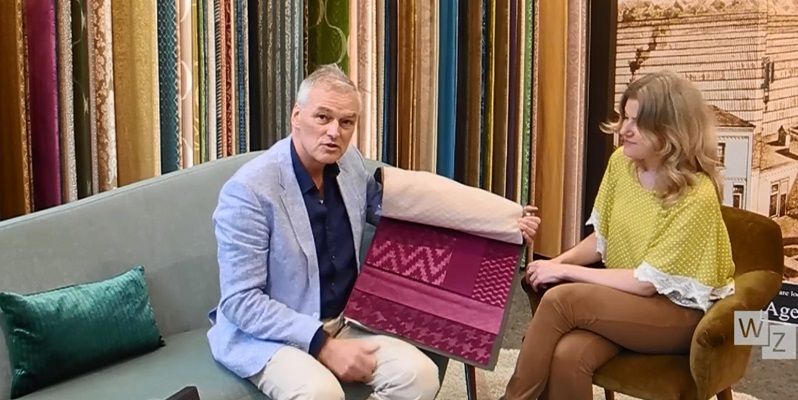
– Which colours form the base of your collections?
– The colours change every year, as the textile industry closely follows its fashion counterpart in that regard. We work with trend watchers to update our colour collections annually. At the moment we offer more than 1500 velvets in different qualities and colours, available at just 1 piece minimum per colour!
– Can you then specify which colours are fashionable in the current season?
– All shades of grey, as well as the pastel colours of beige, blue and green. Complex colours of varied shades as well as soft pastel hues that complement grey are popular as well. Gold is quite important. As you see, we have many variations on gold that gradates into the hues of grey and green.
– The colours change every year, as the textile industry closely follows its fashion counterpart in that regard. We work with trend watchers to update our colour collections annually. At the moment we offer more than 1500 velvets in different qualities and colours, available at just 1 piece minimum per colour!
– Can you then specify which colours are fashionable in the current season?
– All shades of grey, as well as the pastel colours of beige, blue and green. Complex colours of varied shades as well as soft pastel hues that complement grey are popular as well. Gold is quite important. As you see, we have many variations on gold that gradates into the hues of grey and green.
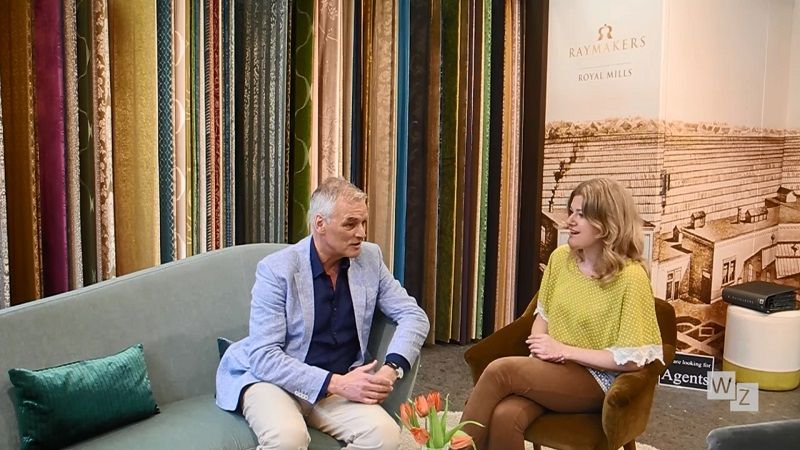
– What can you say about the taste of the Russian customers? What fabrics and colours do they prefer?
– Russian people love the richness of velvets, primarily solid fabrics. Deep, saturated hues, and gold as well.
– How long have you been operating on the Russian market?
– We sell our products to Russia for more than 20 years. Last season, Russia has comprised 6% of our total sales and this number grows yearly.
– If we talk about your interests of development on the Russian market, which potential client base attracts you the most, wholesale companies or private designers?
– Our primary target audience are wholesale companies and editors that form their own collections. We can create collections through demand and help with the sampling for such clients. With that being said, we are certainly interested in regional companies as well. This is how we work in most European countries and in export. We are also able to offer special terms to some of our clients, and manufacture collections to specified designs and colours, as well as grant exclusive rights on some of our own designs.
We are also looking for new customers on the contract market, where we work with companies and designers that specialize on the décor for theatres, hotels, restaurants and entertainment industry as a whole.
– Thank you very much for your time!
– Russian people love the richness of velvets, primarily solid fabrics. Deep, saturated hues, and gold as well.
– How long have you been operating on the Russian market?
– We sell our products to Russia for more than 20 years. Last season, Russia has comprised 6% of our total sales and this number grows yearly.
– If we talk about your interests of development on the Russian market, which potential client base attracts you the most, wholesale companies or private designers?
– Our primary target audience are wholesale companies and editors that form their own collections. We can create collections through demand and help with the sampling for such clients. With that being said, we are certainly interested in regional companies as well. This is how we work in most European countries and in export. We are also able to offer special terms to some of our clients, and manufacture collections to specified designs and colours, as well as grant exclusive rights on some of our own designs.
We are also looking for new customers on the contract market, where we work with companies and designers that specialize on the décor for theatres, hotels, restaurants and entertainment industry as a whole.
– Thank you very much for your time!
Contact Information
Contact person: Barend Verschuren
E-mail: barend.verschuren@raymakers.com | Tel: +31 (0) 492 53 68 55, +31 (0) 6 54 29 79 00
raymakers.com | williz.info/company/3652/
E-mail: barend.verschuren@raymakers.com | Tel: +31 (0) 492 53 68 55, +31 (0) 6 54 29 79 00
raymakers.com | williz.info/company/3652/
Читайте также
Получайте полезные рассылки от WilliZ
Подписываясь на рассылку, вы подтверждаете согласие с «Соглашением на обработку персональных данных».
Вам также может быть интересно
Получайте полезные рассылки от WilliZ
Подписываясь на рассылку, вы подтверждаете согласие с «Соглашением на обработку персональных данных».


 Русский
Русский
 English
English 
